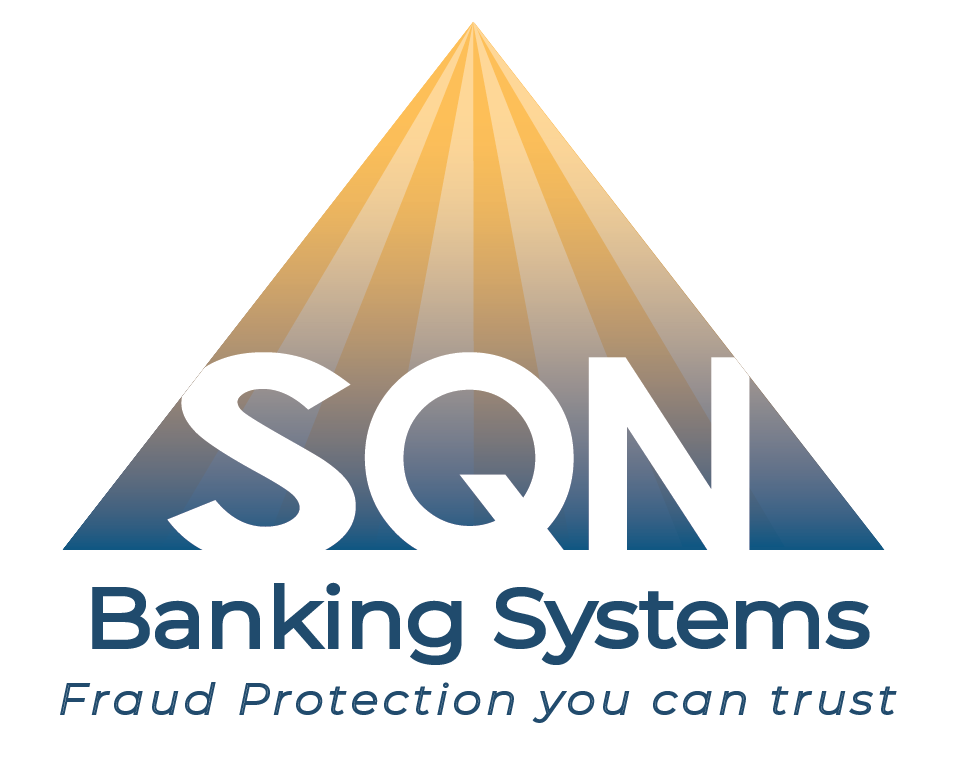5 Essential Cyber Security Tools for Banks

Banks and other financial institutions face more cybercrime than businesses in any other industry. To protect your bank from cybercrime, you need proactive cyber security tools and technologies. They can help you detect and respond to threats quickly, accurately, and effectively. Here are five examples of some of the most powerful tools.
1. Network Insight Products
Financial institutions need data security products that continuously analyze their networks and look for areas of vulnerability. Tools that focus on network insights provide a centralized view of your network data and help you identify security concerns before breaches occur.
2. Data Loss Prevention Solutions
Data Loss Prevention (DLP) solutions help to protect your data while in transit or at rest. You can integrate DLP solutions into your existing cyber security tools or opt for standalone products.
Typically, dedicated DLP solutions include a centralized dashboard so you can see all potential concerns throughout your organization. This setup minimizes blinds spots and gives you the benefits of a cohesive DLP solution.
Alternatively, flexible DLP solutions provide you with a middle ground between integrated and dedicated tools. They allow you to find the right fit based on your institution’s size, budget, and other factors.
3. Employee Education Programs
While the tools of cyber security are essential, you also need to consider the human element. A lot of cyber criminals use phishing websites, coercive emails, or social engineering attacks. These convince your employees to download malware, share sensitive data, or take other damaging actions.
To safeguard your financial institution, you need to educate your employees. They should understand the risks and the importance of following your data security policies.
4. E-Crime Intelligence Tools
E-crime intelligence tools rely on comprehensive monitoring of the digital underground. They’re essential if you want to make your cybersecurity efforts proactive instead of reactive. These tools monitor the dark web, hacker forums, and other underground sources.
Based on gathered insights, these nimble tools adjust how your financial institution protects itself against cybercrime. An adaptive approach to cybersecurity is critical if you want to minimize your risk of falling victim to such crimes.
5. Machine Learning Cyber Security Tools
Machine learning tools get to know your customer’s spending patterns and habits. They detect when accounts have been taken over or compromised in other ways. They also alert you to any fraud before the damage is severe.
Cyber security tools backed by machine learning can often detect and stop fraud at the point of sale. These cybersecurity solutions can also help detect internal and external mule accounts. These are used to transfer or receive funds in some cybercrimes.
When customers initiate a transaction that gets flagged or denied due to suspected fraud, they may end up feeling frustrated. Machine learning helps strike a balance between fighting cybercrime and ensuring customers don’t face fraud flags.
You need to protect all of your devices while shielding your information from the unique threats faced by financial institutions. We work hard to ensure that our clients have multiple layers of protection from cyber threats. To learn more about our cyber threat intelligence products and services, contact SQN Banking Systems today.
